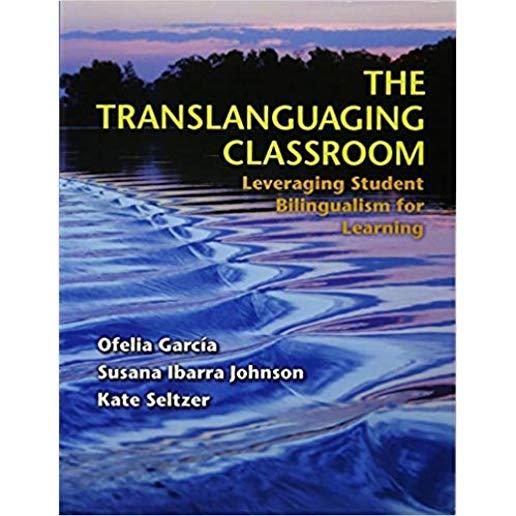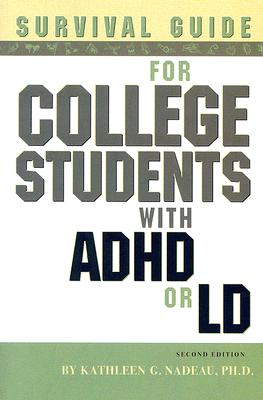
Garc?a, Ofelia
product information
description
8The Translanguaging Classroom: Leveraging Student Bilingualism for Learning shows teachers, administrators, professional development providers, and researchers how to use translanguaging to level the playing field for bilingual students in English-medium and bilingual classrooms. The term translanguaging can be understood in two different ways. From a sociolinguistic perspective, translanguaging can be understood as the dynamic language practices of bilinguals. From a pedagogical perspective, translanguaging can be understood as an instructional and assessment framework that teachers can use strategically and purposefully to:
García, Ibarra Johnson, and Seltzer illustrate their translanguaging pedagogy in action with examples from three very different contexts: a 5th-grade dual-language bilingual class taught by a bilingual teacher in New Mexico, an 11th-grade English-medium social studies class serving a predominantly Latino classroom taught by an English monolingual teacher in New York, and a 7th-grade ESL teacher working with students from a variety of linguistic and cultural backgrounds in California. Teachers learn to use translanguaging for instruction and assessment to meet and exceed content and language development standards in their classrooms. Special Features
- Support bilingual students as they engage with and comprehend complex content and texts
- Provide opportunities for bilingual students to develop linguistic practices for academic contexts
- Make space for students' bilingualism and ways of understanding
- Support bilingual students' socioemotional development and bilingual identities
García, Ibarra Johnson, and Seltzer illustrate their translanguaging pedagogy in action with examples from three very different contexts: a 5th-grade dual-language bilingual class taught by a bilingual teacher in New Mexico, an 11th-grade English-medium social studies class serving a predominantly Latino classroom taught by an English monolingual teacher in New York, and a 7th-grade ESL teacher working with students from a variety of linguistic and cultural backgrounds in California. Teachers learn to use translanguaging for instruction and assessment to meet and exceed content and language development standards in their classrooms. Special Features
- Learning objectives for every chapter
- Vignettes to illustrate pedagogical strategies
- Sample translanguaging unit designs for instruction and assessment in bilingual and English-medium contexts
- Tools for teacher planning, implementation, and evaluation
- End-of-chapter activities to help teachers apply what they learn to their own classrooms
member goods
No member items were found under this heading.
Return Policy
All sales are final
Shipping
No special shipping considerations available.
Shipping fees determined at checkout.







